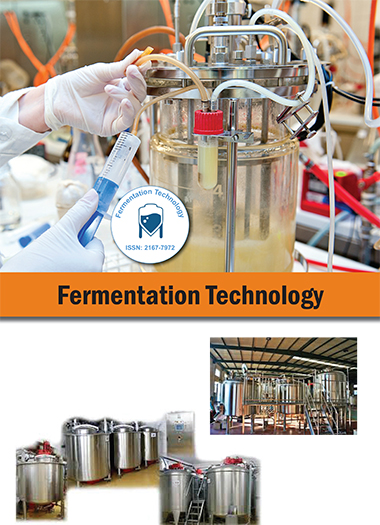索引于
- 打开 J 门
- Genamics 期刊搜索
- 访问全球在线农业研究 (AGORA)
- 参考搜索
- 哈姆达大学
- 亚利桑那州EBSCO
- OCLC-WorldCat
- 普布隆斯
分享此页面
期刊传单

抽象的
The Effect of Varying Culture Conditions on the Production of Antibiotics by Streptomyces spp., Isolated from the Amazonian Soil
Ingrid Reis da Silva, Mayra Kassawara Martins, Clarice Maia Carvalho, João Lúcio de Azevedo and Rudi Emerson de Lima Procópio
The genus Streptomyces is considered to be of great industrial importance because of its ability to produce secondary metabolites that account for 80% of the antibiotics currently in use. To optimise the production of antimicrobial compounds from three strains of Streptomyces spp. isolated from the Amazon’s soil, we investigated the influence of physical (temperature, pH, agitation and time) and chemical (concentrations of carbon and nitrogen) variables, according to a factorial statistical design consisting of three repetitions at the central point. During a period between five and twenty days of incubation, the temperature was varied between 20 and 40°C, the pH was varied between 4.5 and 8.5, and the agitation was varied between 100 and 300 rpm. The concentrations of carbon and nitrogen sources ranged from 5 to 15 g/L and 0.5 to 1.5 g/L, respectively, and the results were evaluated using the Response Surface Methodology (RSM). Our data showed that the most effective carbon sources were starch and glycerol and that the best sources of nitrogen were phenylalanine, ammonia sulphate, asparagine and peptone. The results of this study showed that the temperature, incubation time and the culture medium directly influenced the production of metabolites (antibiotics). These parameters can be modified for the optimisation and improvement of the fermentation process by increasing the production of the compound of interest. Each Streptomyces behaved differently, requiring specific conditions for the production of secondary metabolites.